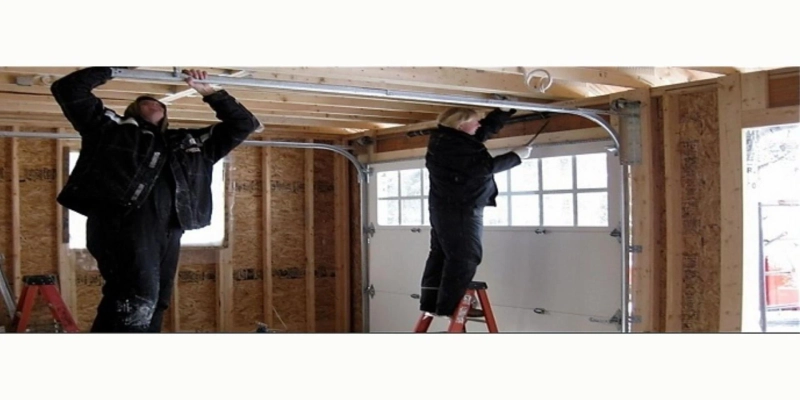Many homeowners experience cold floors, especially during the colder months, without realizing the root cause often lies beneath the house. A poorly insulated crawl space can allow cold air to seep into your home, making floors feel uncomfortable and increasing energy bills. Understanding how this happens and what can be done to address it can improve comfort and efficiency.
How Crawl Spaces Contribute to Cold Floors
Crawl spaces are small, unfinished areas beneath homes that provide a barrier between the ground and the floor above. These spaces are prone to temperature fluctuations, which directly affect the home's flooring. Without proper insulation, cold air from the crawl space travels upward, creating a chilly environment indoors.
Uninsulated or poorly insulated crawl spaces also allow moisture and drafts to enter, compounding the problem. The combination of cold air and dampness makes floors particularly uncomfortable during the winter months.
Common Problems in Crawl Spaces
Several issues make crawl spaces a significant source of cold air. Identifying these problems is essential to implementing effective solutions:
1. Air Leaks
Gaps or cracks in the crawl space allow outdoor air to circulate freely. This makes maintaining a consistent indoor temperature more difficult and causes floors to feel colder.
2. Lack of Insulation
A major factor in cold floors is the absence of proper insulation. Insulating the floor from the crawl space prevents cold air from transferring through the flooring and into living spaces.
3. Moisture Accumulation
High humidity levels in crawl spaces exacerbate cold floor problems. Dampness can make floors feel clammy and contribute to long-term structural damage if not addressed.
Benefits of Insulating the Floor from Crawl Space
Insulating the floor from the crawl space offers a practical solution to combat cold floors. Proper insulation acts as a barrier, keeping cold air out and reducing heat loss. Here are the main advantages:
1. Improved Comfort
Insulated floors retain warmth, making walking barefoot in winter more comfortable.
2. Energy Efficiency
Preventing heat loss through the floors reduces the workload on heating systems, which lowers energy bills.
3. Moisture Control
Insulation often includes vapor barriers, which help prevent moisture buildup, reducing the risk of mold and rot.
Steps to Insulate the Floor from Crawl Space
Addressing cold floors requires proper insulation techniques that account for the unique conditions of crawl spaces. Here’s how to go about it:
1. Assess the Crawl Space
Begin with a thorough inspection to identify air leaks, moisture problems, and existing insulation conditions.
2. Seal Air Leaks
Use caulk or foam sealant to close gaps and cracks in the crawl space, particularly around utility penetrations and the foundation.
3. Choose the Right Insulation Material
Options like fiberglass batts, rigid foam boards, and spray foam are commonly used for insulating the floor from crawl spaces. Each has its pros and cons depending on climate and budget.
4. Install a Vapor Barrier
A vapor barrier prevents moisture from entering the crawl space. Place it on the ground to reduce humidity levels and protect the insulation.
5. Insulate the Crawl Space Walls or Floor
Depending on the specific situation, you can insulate the crawl space walls or attach insulation directly to the underside of the floor above. Wall insulation is often more effective for maintaining a sealed environment.
When to Seek Professional Help
While some homeowners may feel comfortable tackling crawl space insulation themselves, professional assistance can ensure the job is done effectively. Contractors have the tools and experience to address complex issues, such as extensive air leaks or moisture problems. They can also recommend the most suitable insulation materials for your specific needs.
Why Addressing Cold Floors Matters
Cold floors are more than just an inconvenience. They can affect overall home comfort and lead to higher energy costs. By insulating the floor from the crawl space, homeowners can create a warmer, more efficient living environment. It’s a practical investment that pays off in improved comfort and energy savings.
Final Words
Fire Proofing Kings provides reliable solutions for creating safer, more fire-resistant spaces. Their expertise ensures effective protection for residential, commercial, and industrial properties. Whether it involves passive fireproofing systems or advanced fire retardant materials, their work prioritizes long-term safety and compliance with industry standards. By addressing potential fire risks proactively, they offer homeowners and businesses the confidence that their properties are safeguarded against unforeseen threats.


